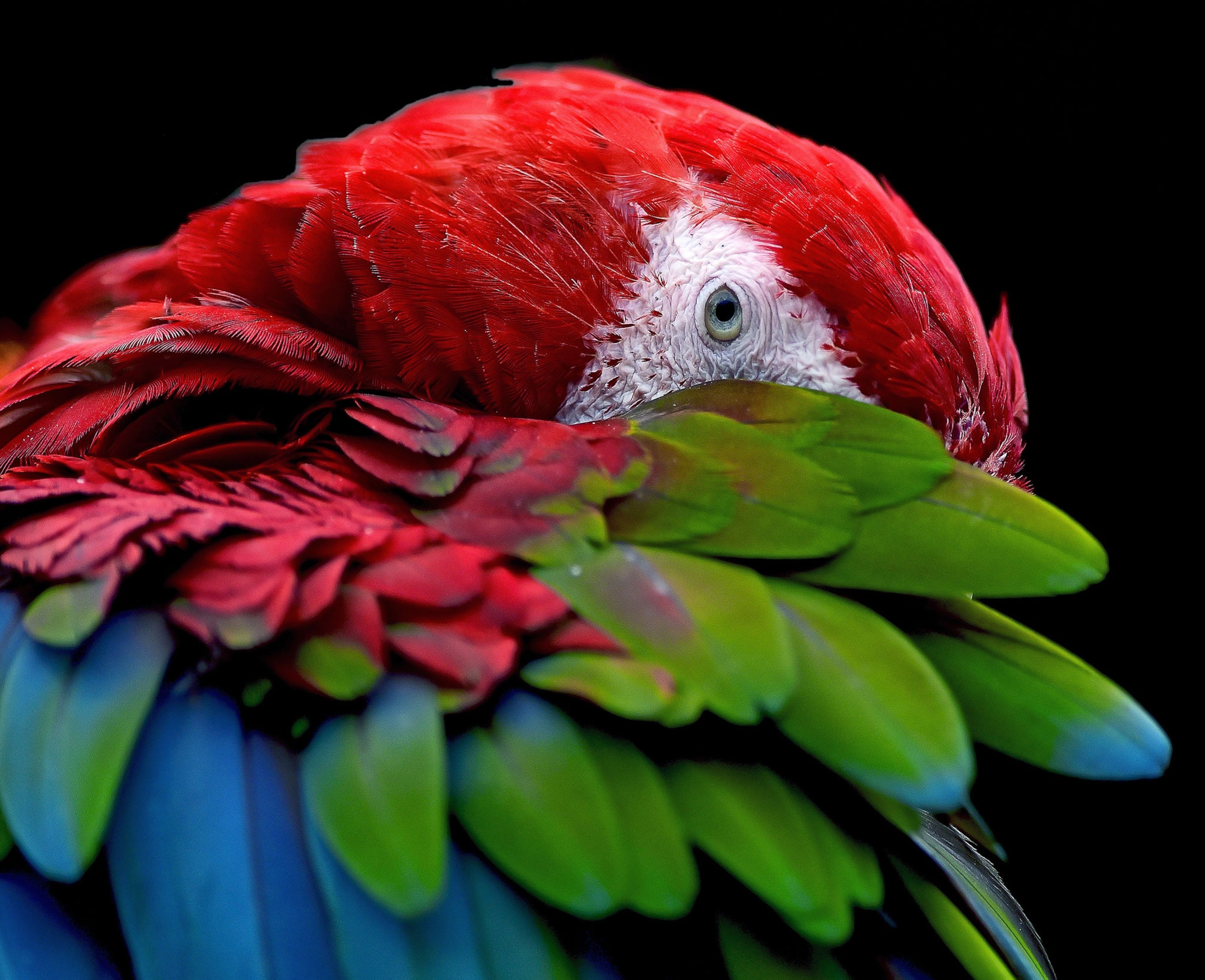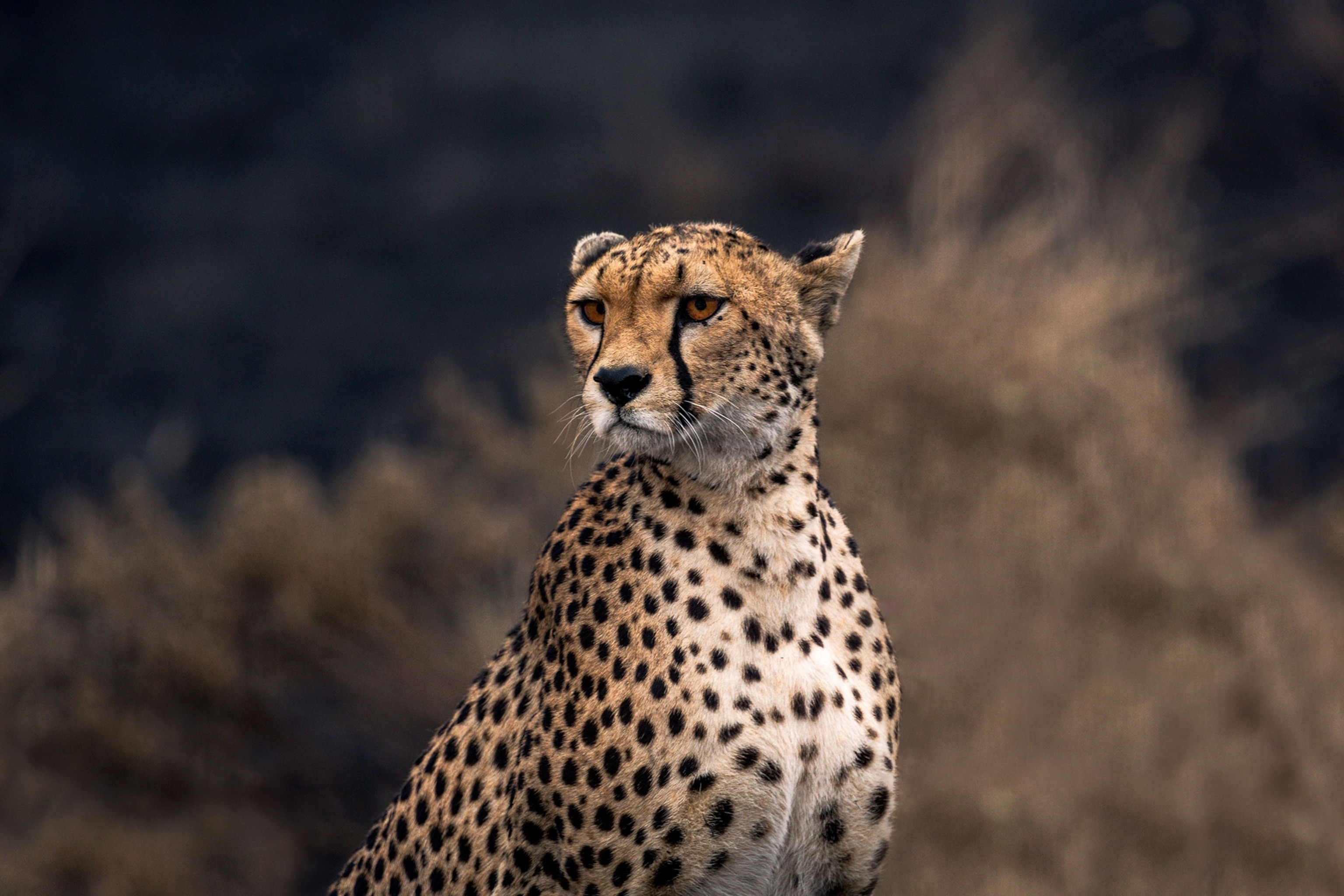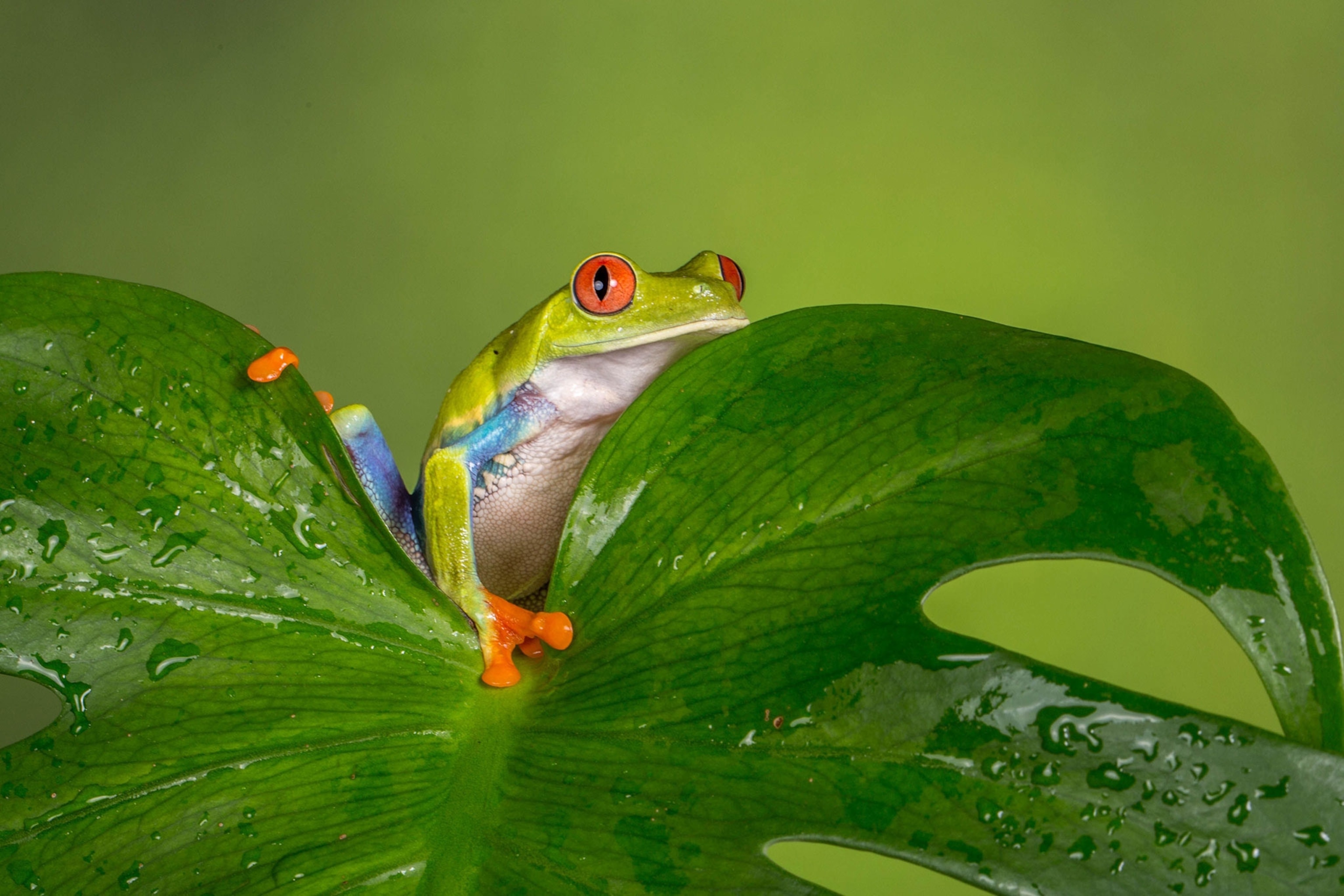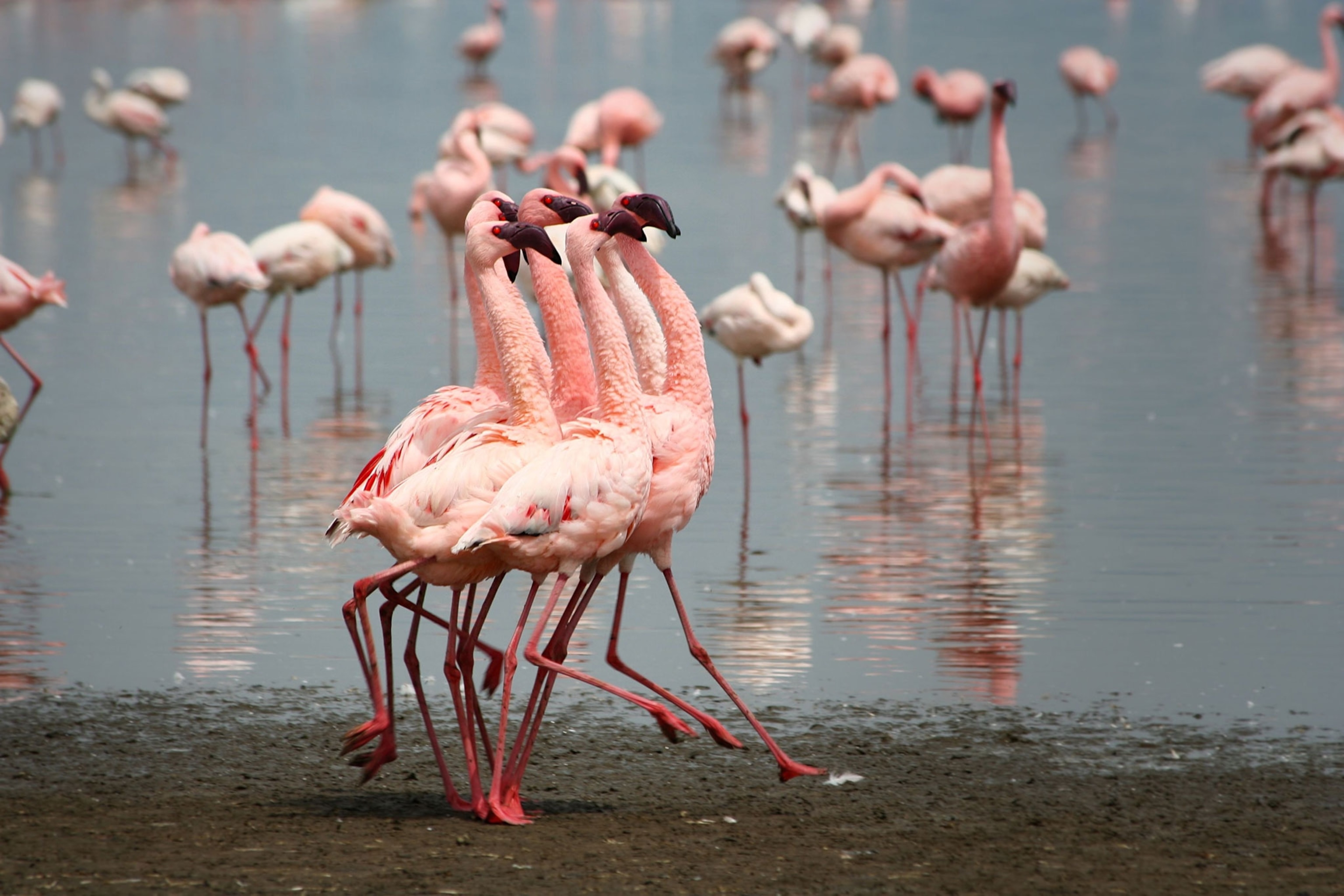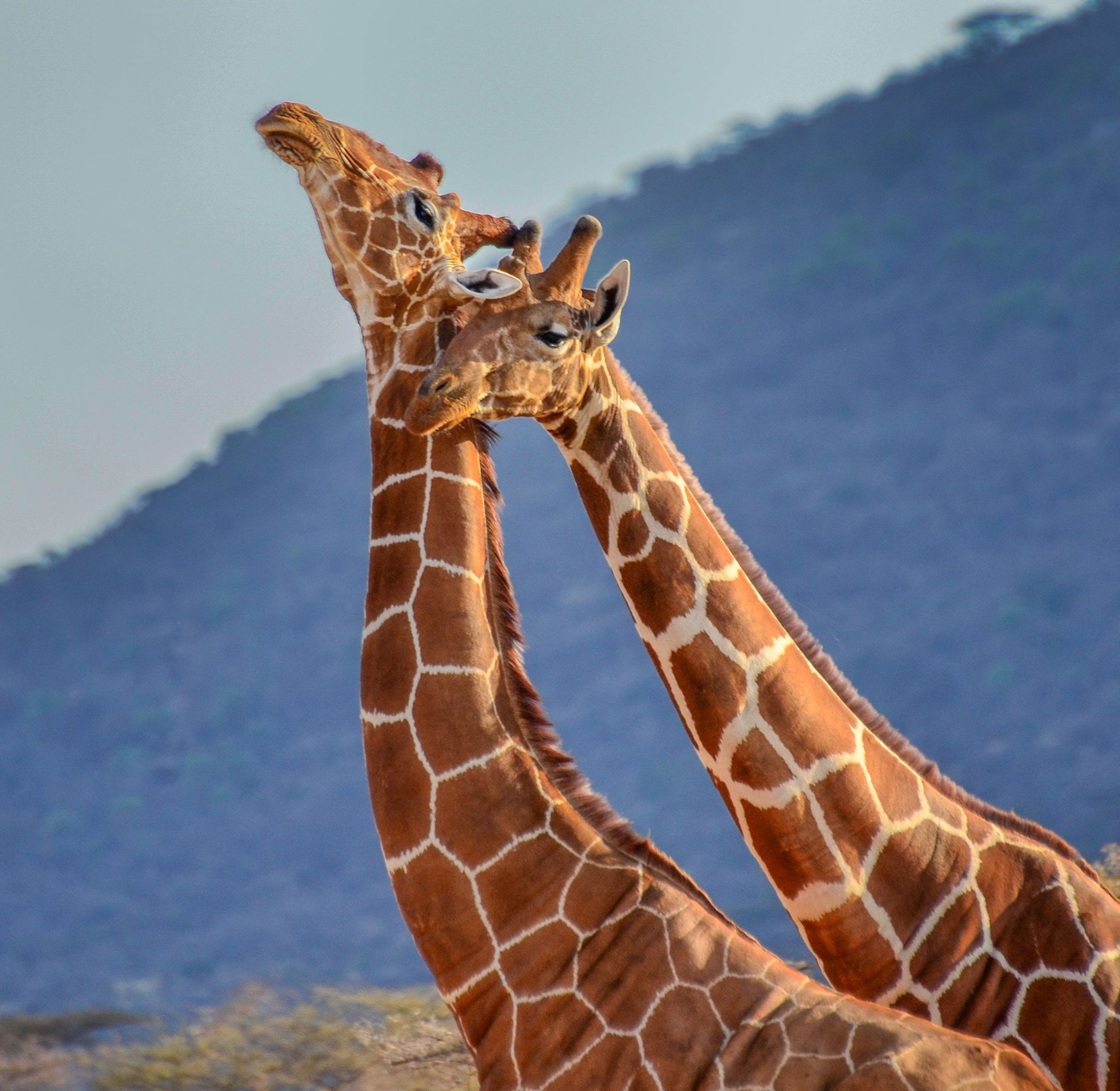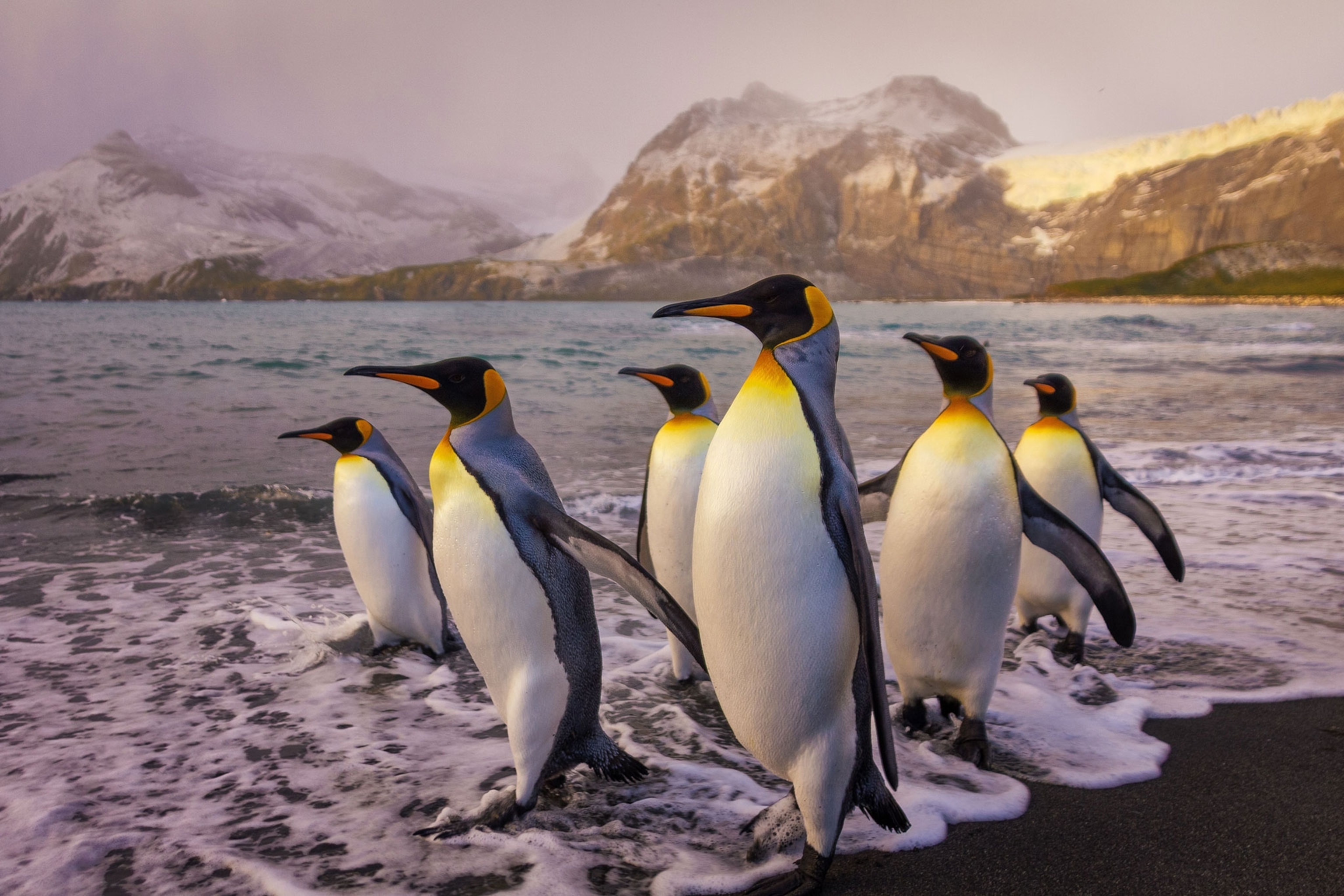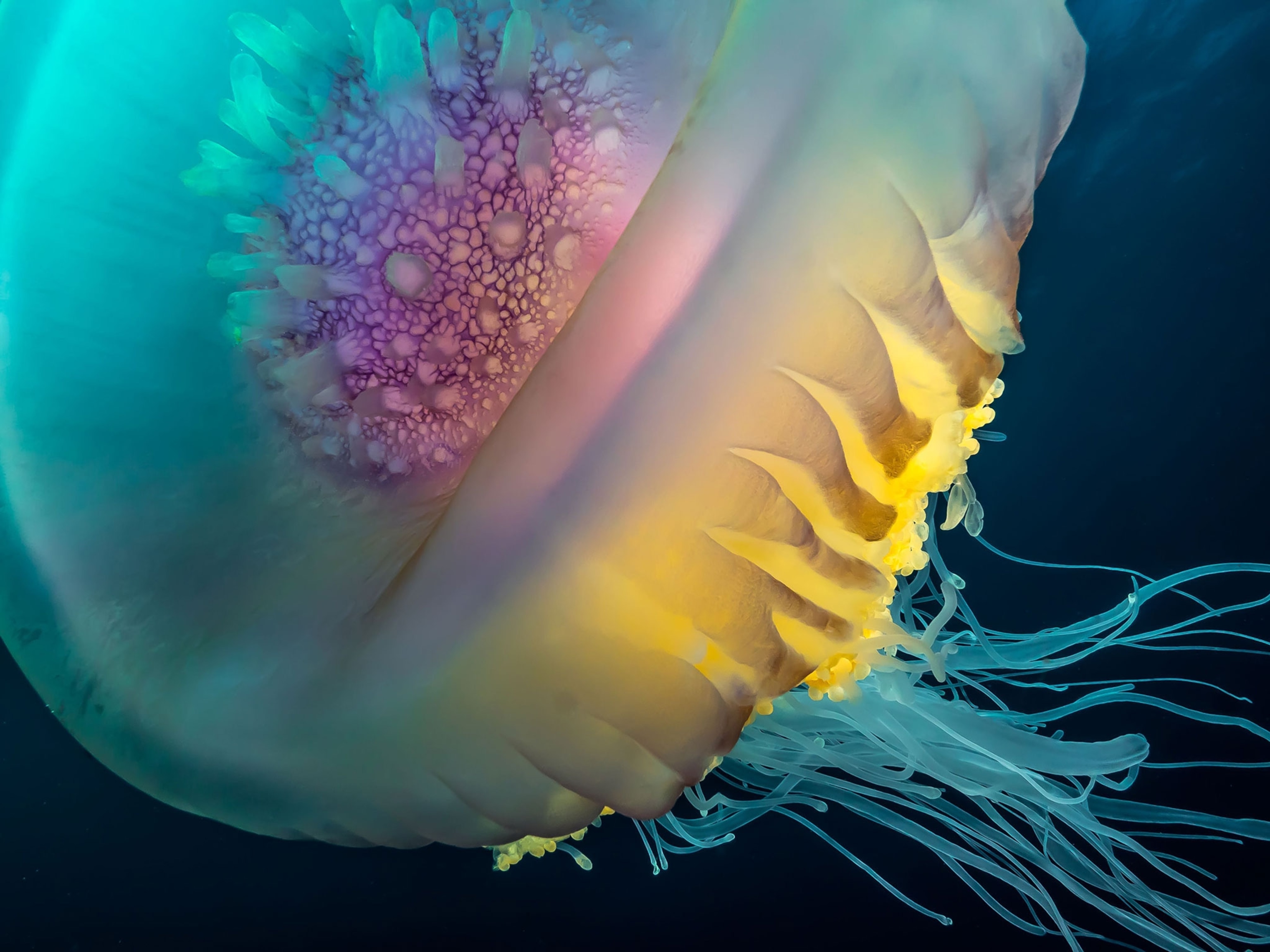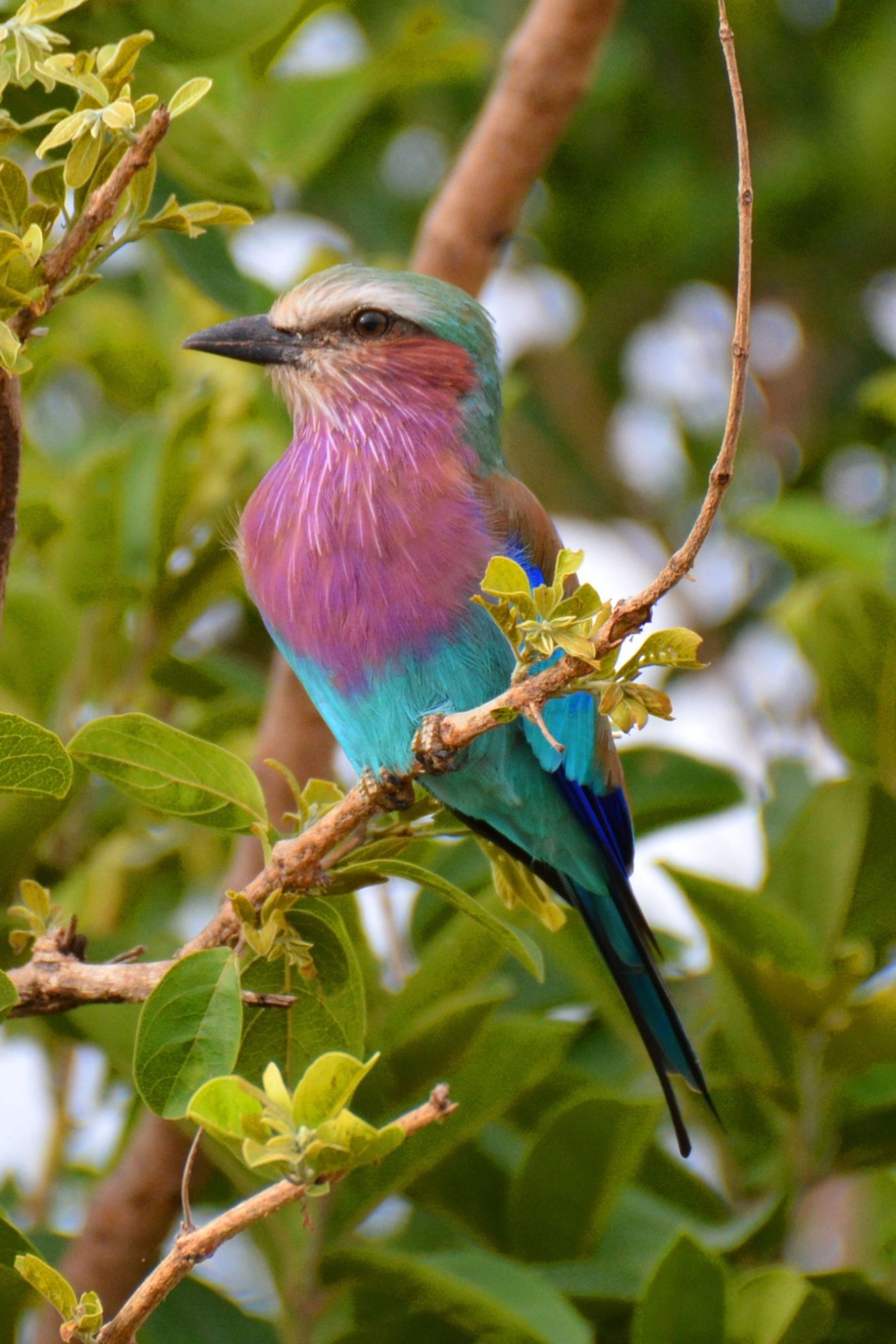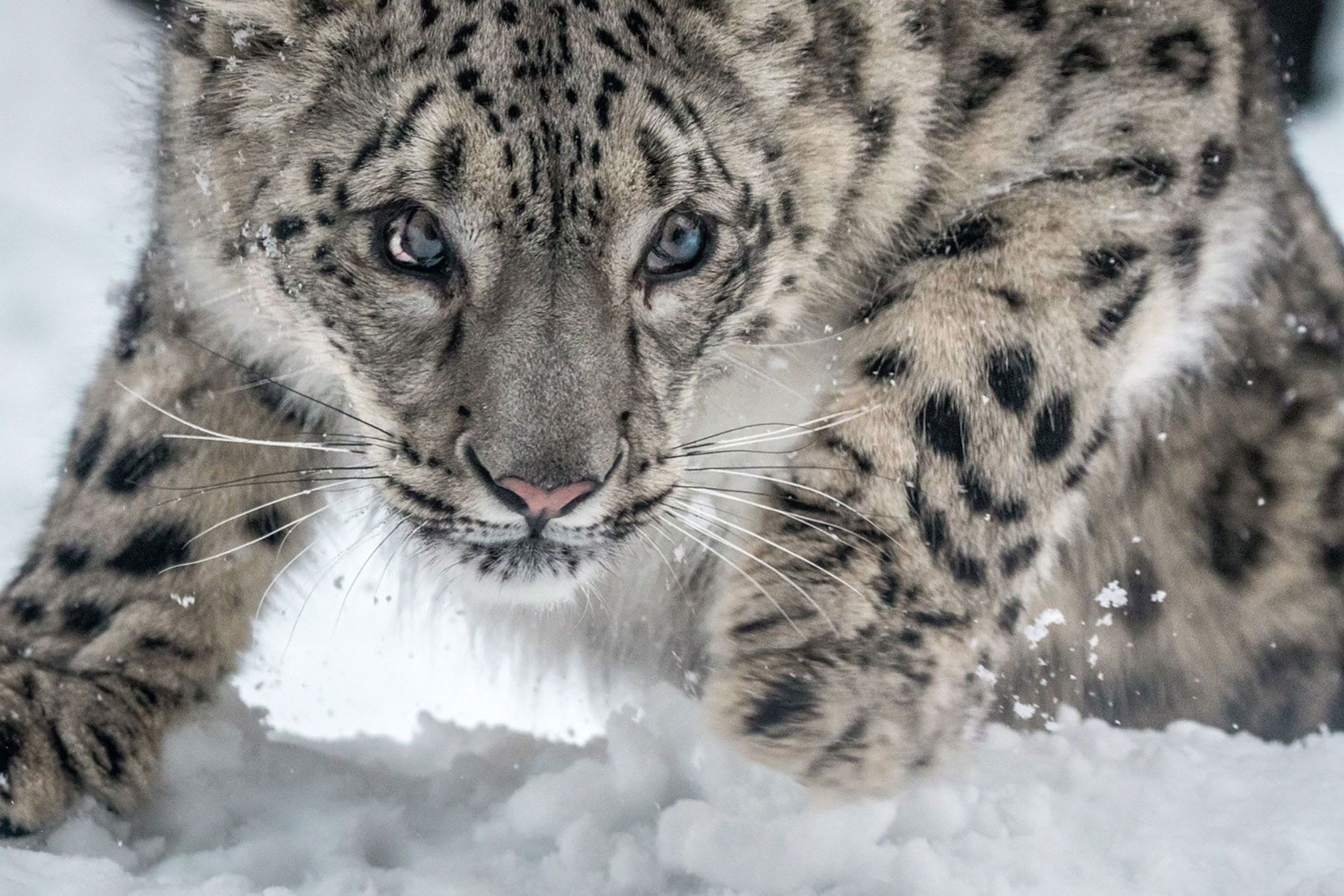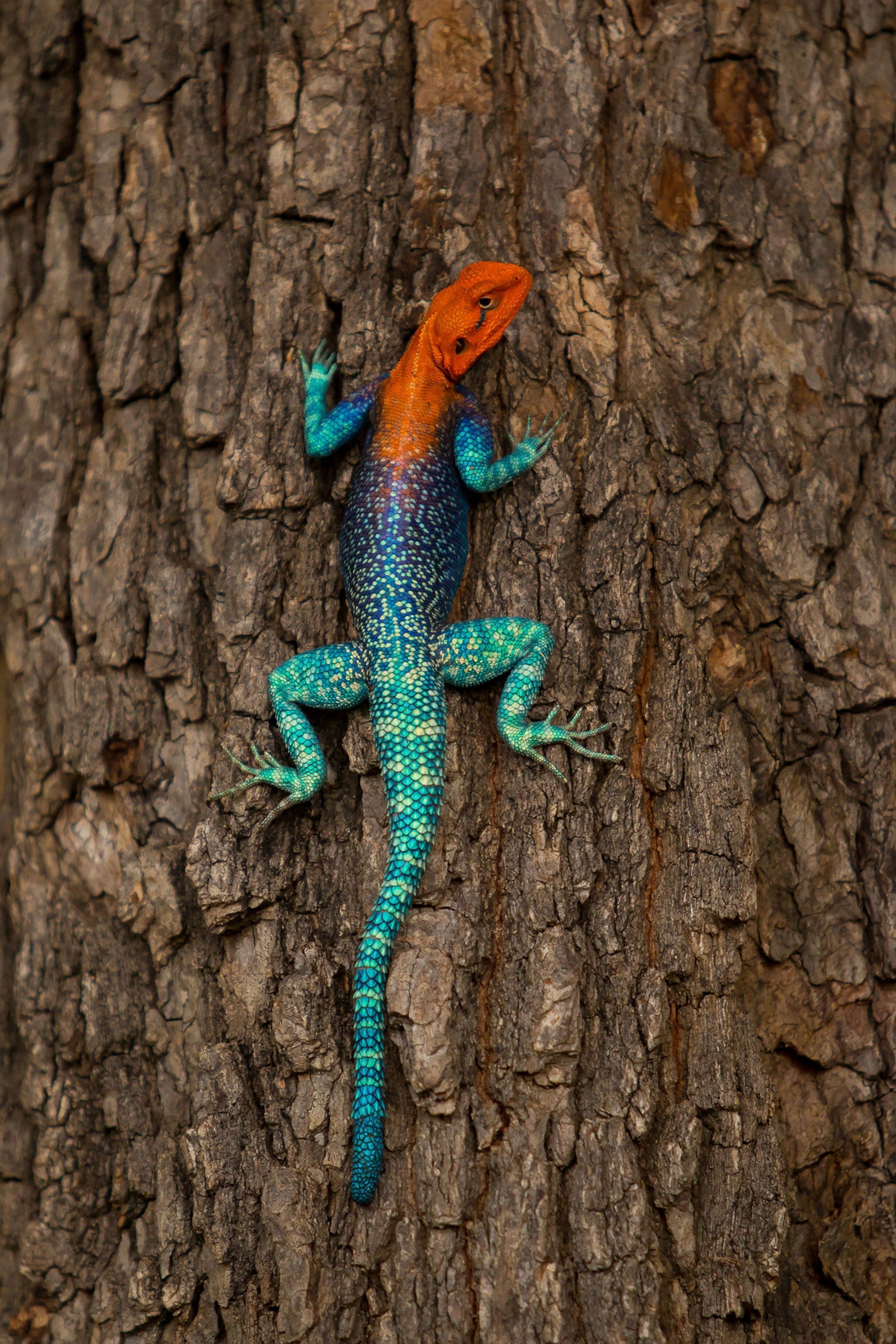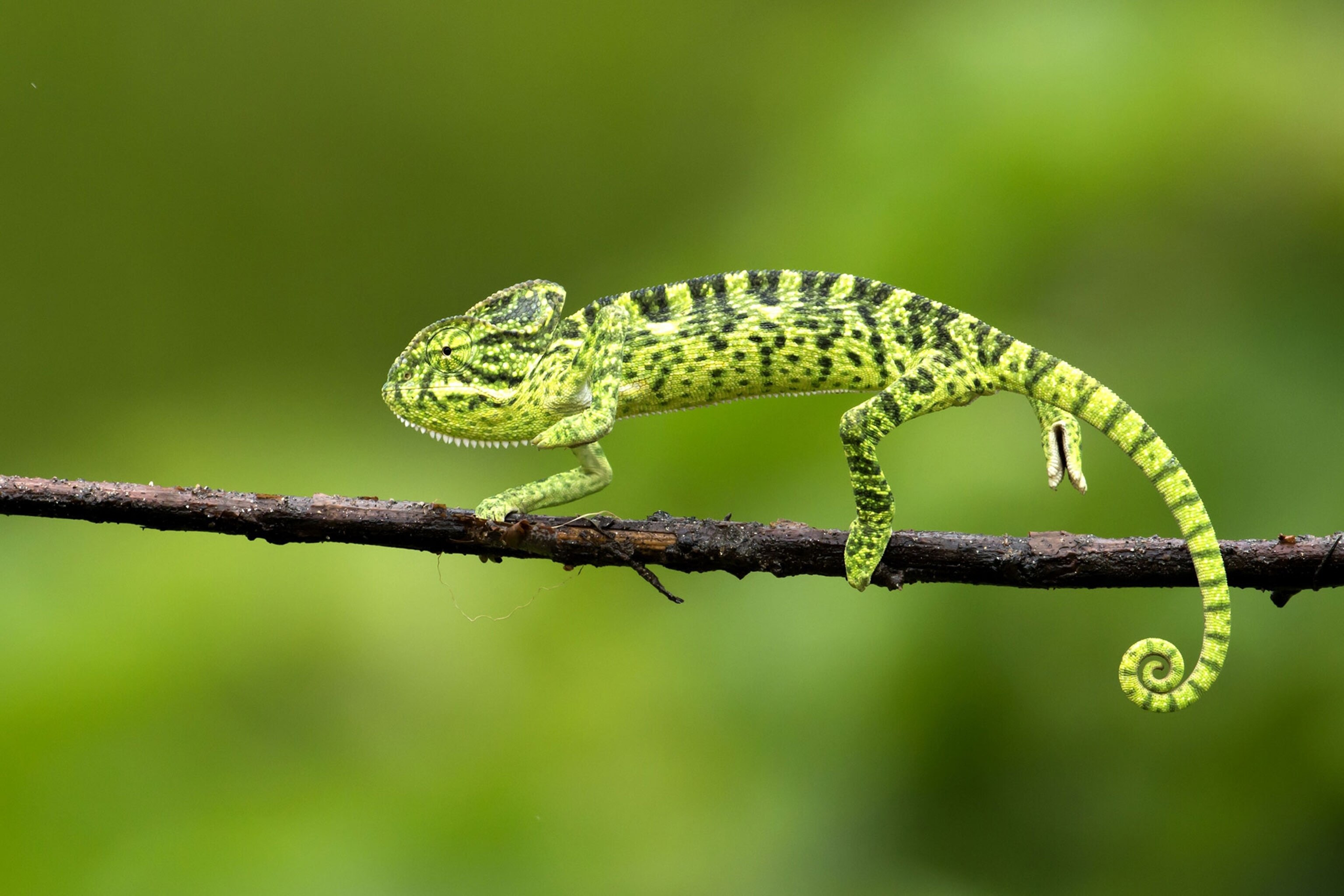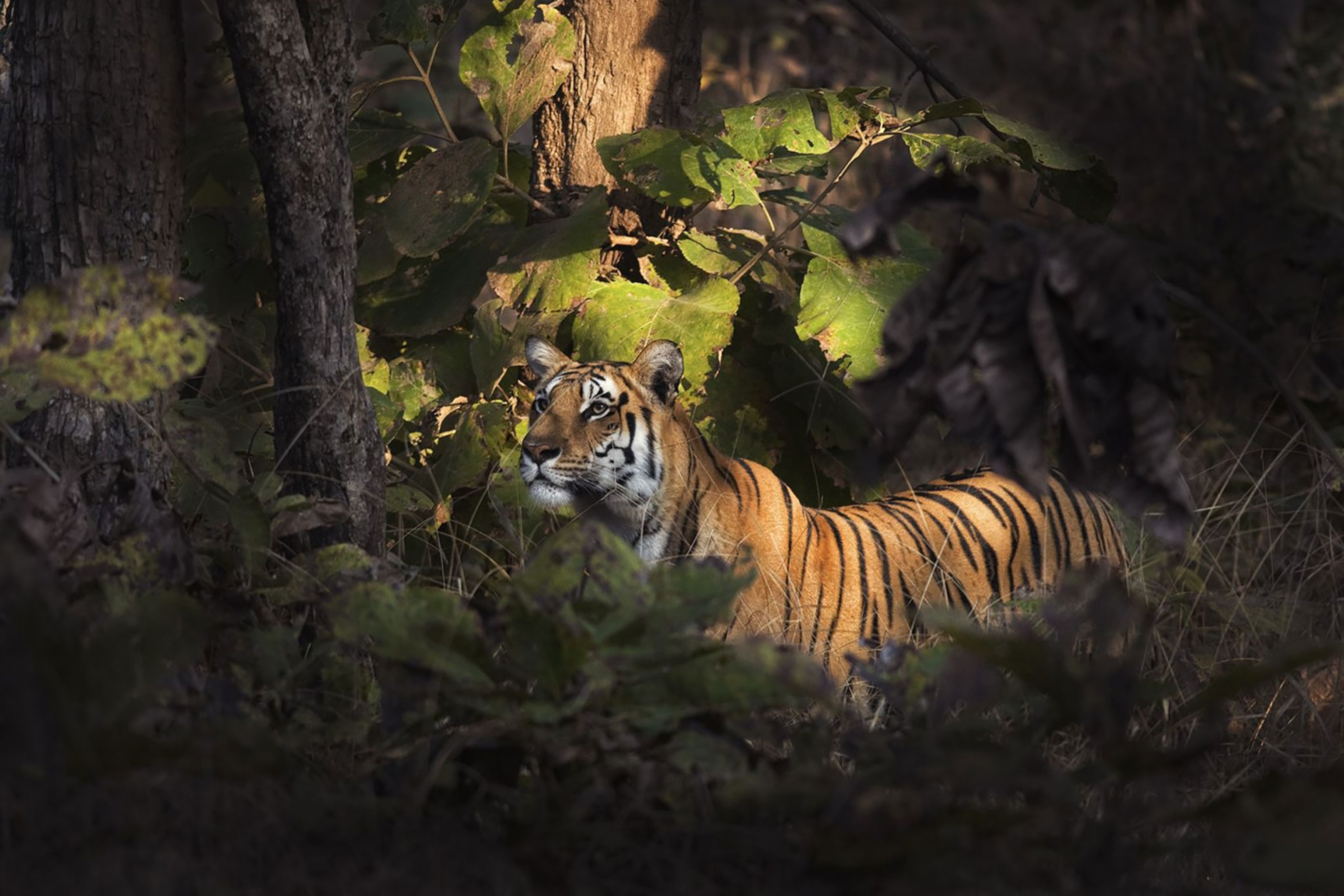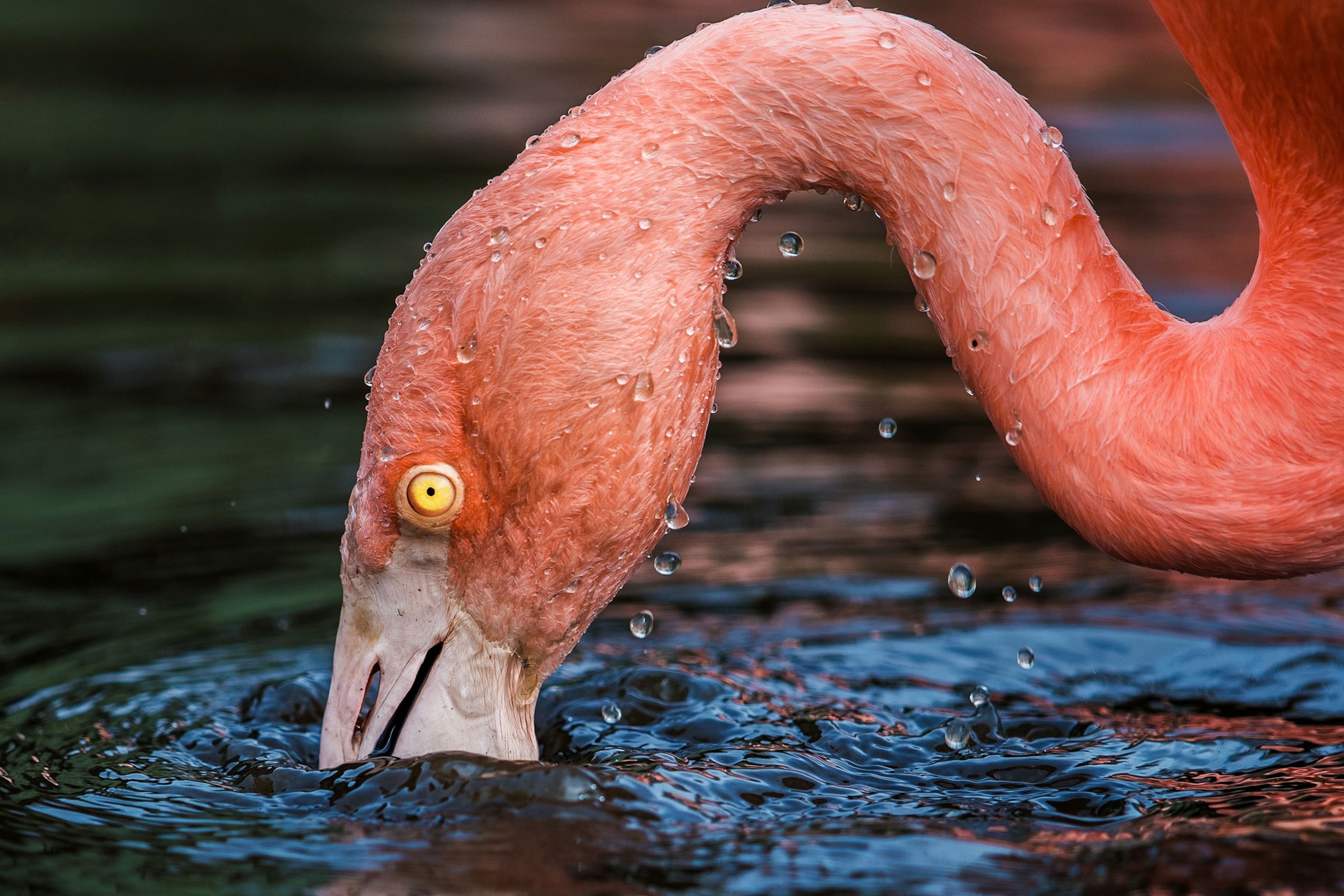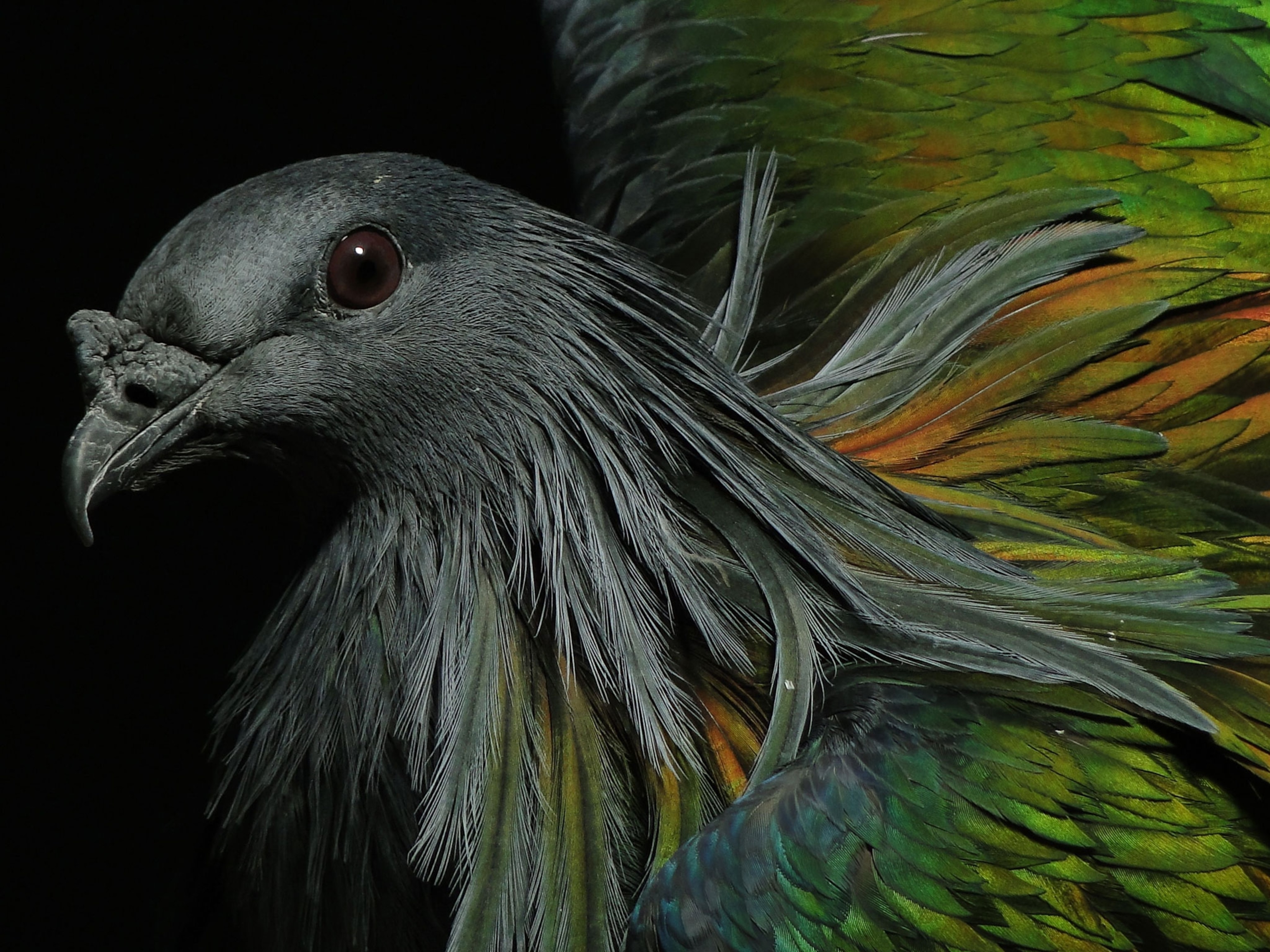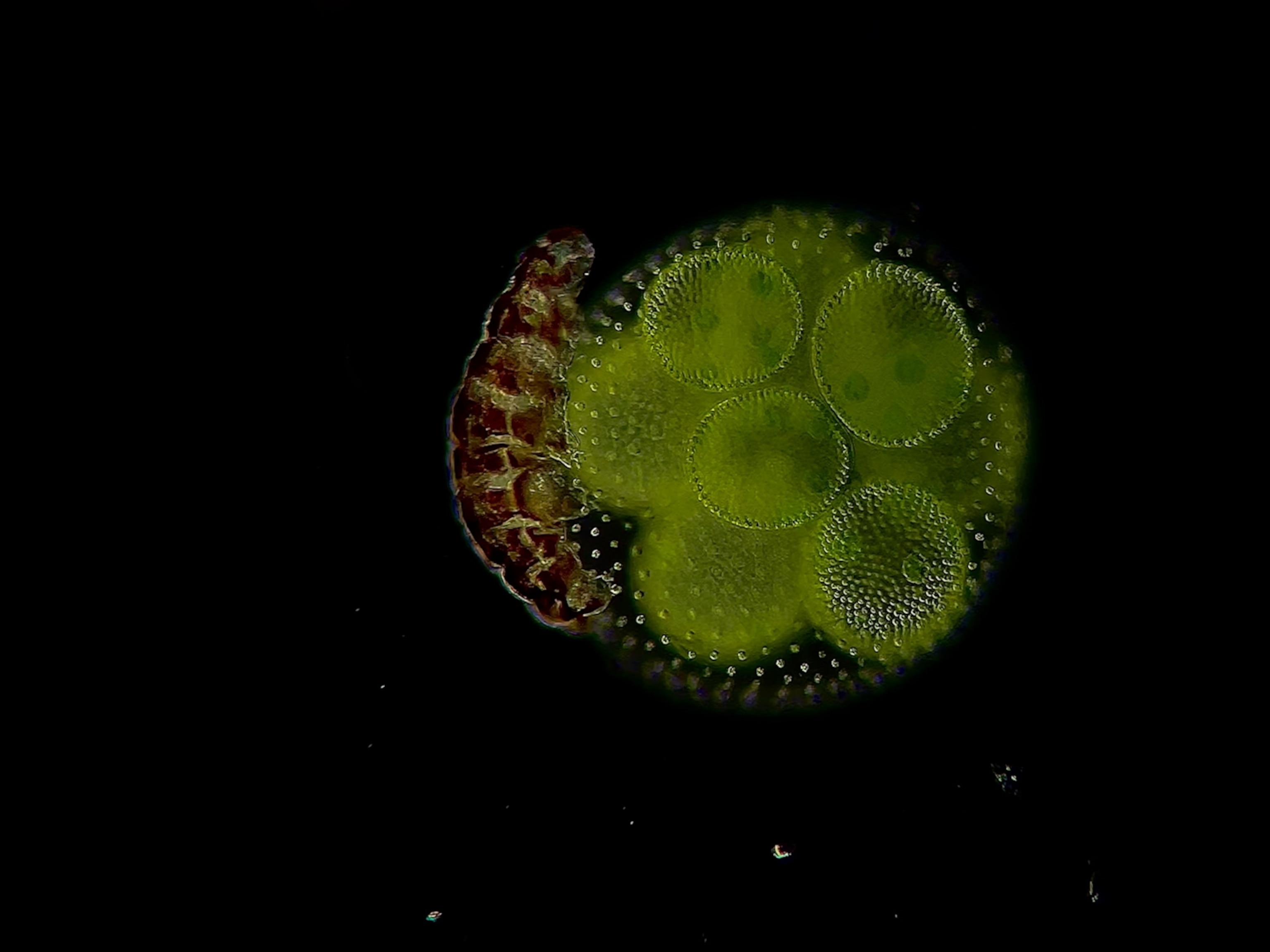42 of World's Most Radiant Animals
From eye-catching patterns to striking colors, see how these animals stand out from the rest.
Colorful animals are more than a visual treat—how much or how little they stand out is often an evolutionary adaptation that helps a species survive.
Animals like birds use color to increase their chances of mating. Male birds, which tend to be brighter and more ornate than their female counterparts, have greater odds of being chosen as a mate if they have more ornate characteristics.
This preference is known as sexual selection, an idea put forth by Charles Darwin who argued that different avenues of natural selection provide species with an evolutionary advantage. Animals may become more colorful to get noticed by mates, or may become masters of camouflage to avoid the attention of their predators.
The Portuguese man-of-wars, a cluster of sea creatures that resemble a jellyfish, have bright blue and purple hues that serve a different purpose. The animals float along the surface of the water, meaning they’re exposed to high amounts of UV radiation. In other organisms, this radiation damages and mutates cells, but the brilliant colors in this creature may serve as a sunscreen by absorbing dangerous wave lengths.
Between zebras’ black and white stripes, chameleons’ color-changing skin, and sea creatures you can see right through, there’s no shortage of incredibly colorful animals.
Click through the gallery above to see some of nature’s most brilliantly colored animals.








